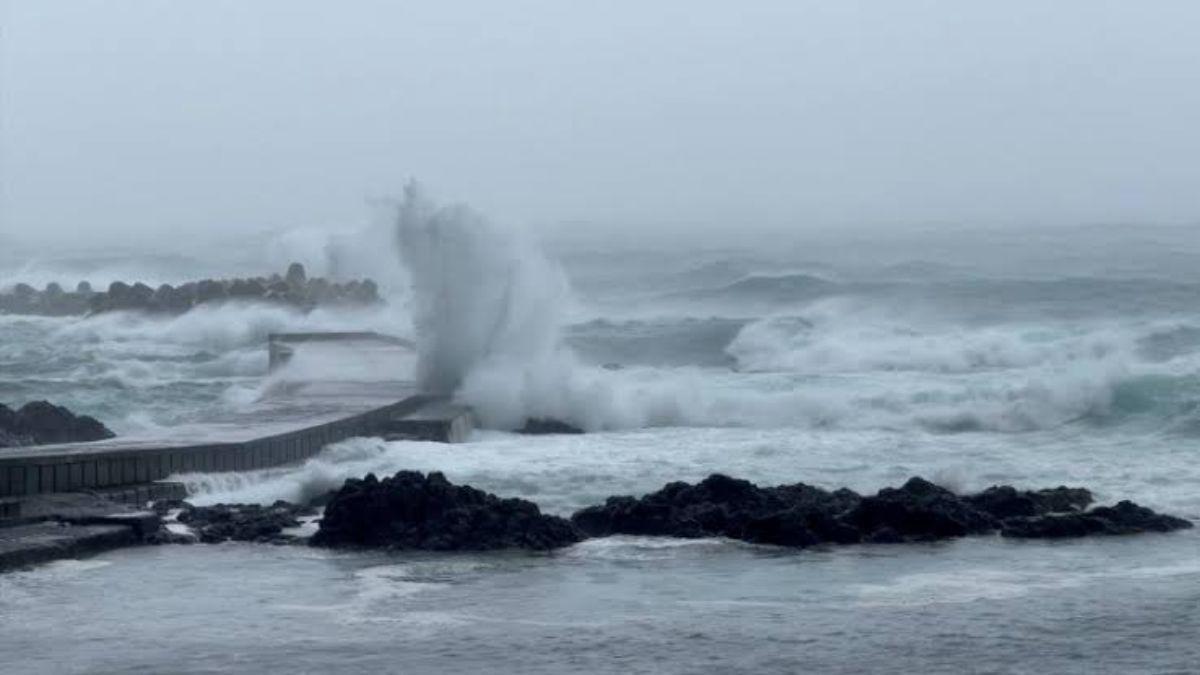 Image Credits: Japan Today
Image Credits: Japan Today
Typhoon No. 10, forecasted to be the most potent storm in Japan’s recorded history, is poised to make landfall in Kyushu with unprecedented force between the afternoon of August 29 and August 30. This formidable storm, with a central pressure of 935 hPa, maximum sustained winds of 50 meters per second, and gusts reaching 70 meters per second, has prompted authorities to issue a “Special Warning for Strong Winds, High Waves, and High Tides” for Kagoshima Prefecture.
As of the latest updates, Typhoon No. 10 is advancing slowly northward over the sea west of Yakushima, causing severe weather conditions across southern Kyushu and the Amami region. The Japan Meteorological Agency has also issued a “Special Storm Surge Warning” for Kagoshima Prefecture and warned of the potential for record-breaking rainfall, particularly in western Japan.
Residents in the affected regions should prepare for extreme weather events, including potentially devastating winds and high tides. Immediate actions include moving to sturdy buildings well before the winds intensify and staying away from windows to avoid injuries from flying debris. Due to the possibility of widespread power outages, it is essential to prepare for disruptions by stocking up on chilled beverages, cooling products, and portable fans.
The storm’s slow progression raises the risk of record-breaking rainfall, with some areas potentially receiving over 1,000 mm of precipitation. This, coupled with the formation of linear rainbands, significantly heightens the risk of severe flooding and landslides. Residents are advised to evacuate early, especially those in vulnerable locations or with mobility challenges. In cases of emergency, moving to higher floors or sturdy structures away from potential landslide areas can provide crucial protection.
Additionally, as the typhoon approaches, vigilance should be maintained throughout the night. Authorities emphasize the importance of heeding local warnings and staying informed through official channels. The combination of Typhoon No. 10’s intense wind speeds and the ongoing rainfall poses a serious threat to safety and infrastructure across a broad swath of Japan.
